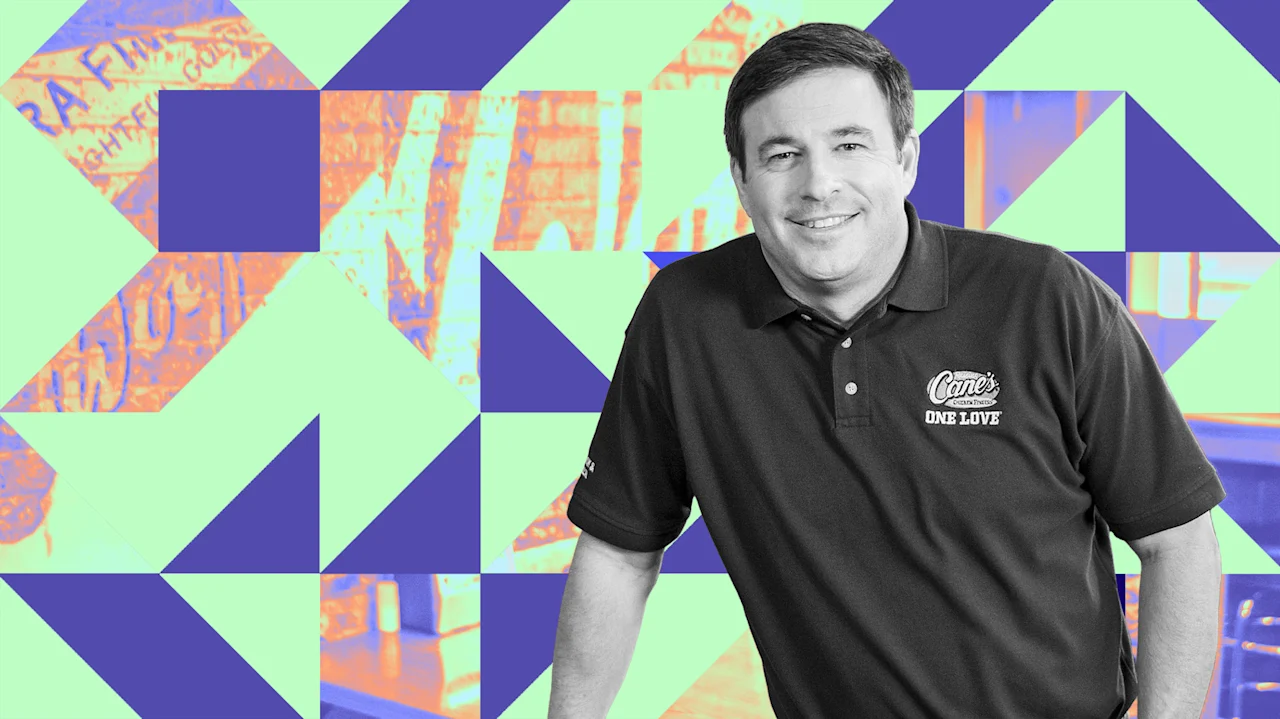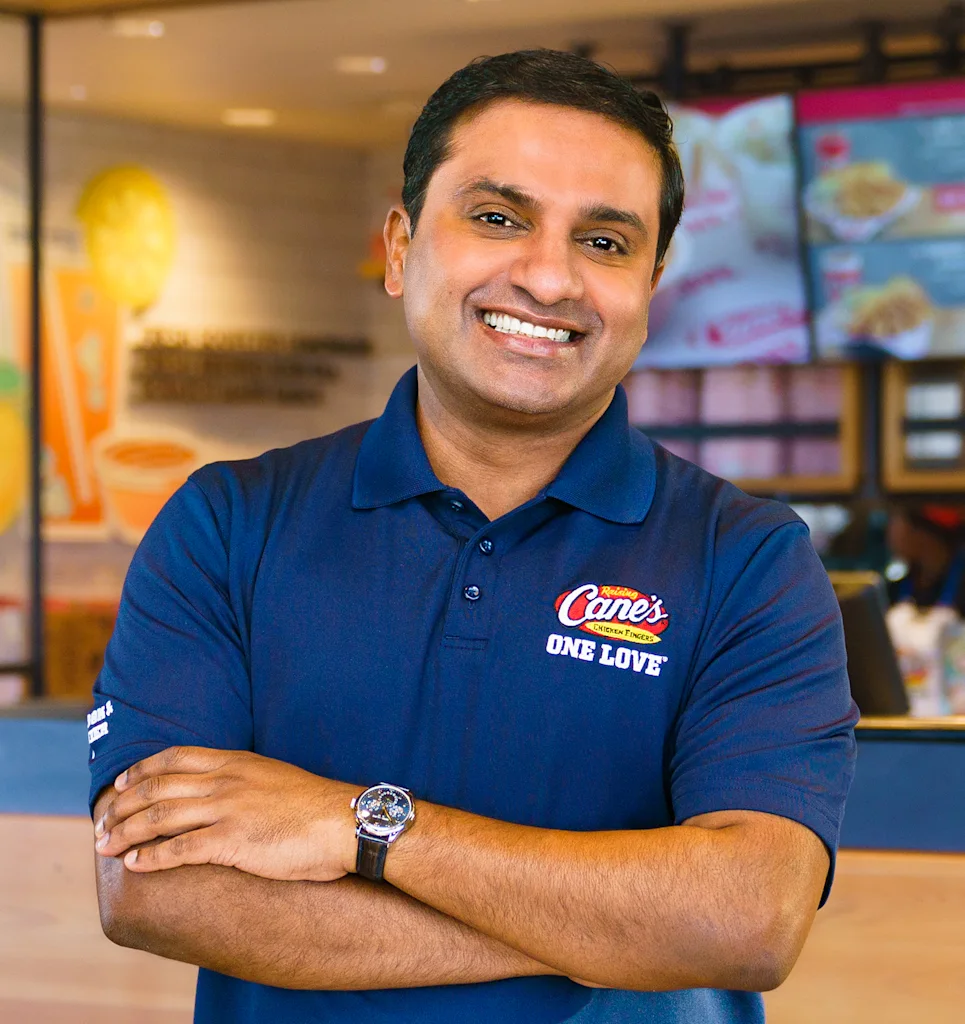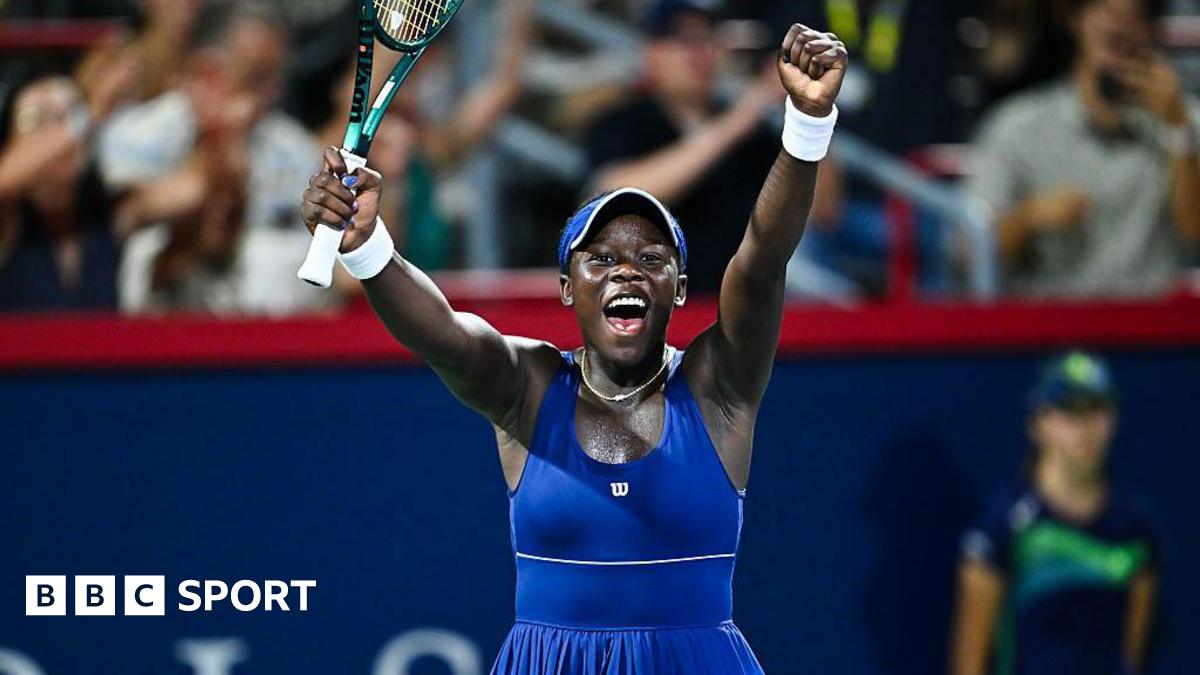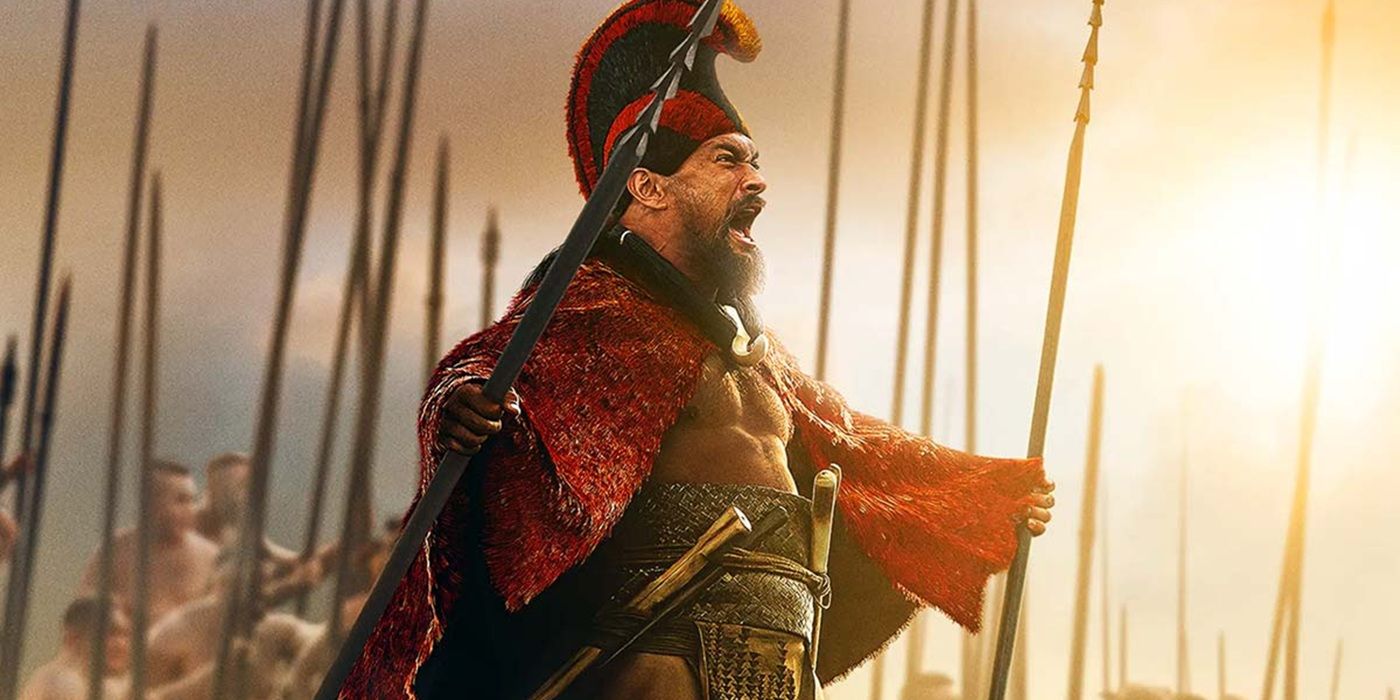This cult brand chicken chain is gaining on Chik-fil-A

Hello and welcome to Modern CEO! I’m Stephanie Mehta, CEO and chief content officer of Mansueto Ventures. Each week this newsletter explores inclusive approaches to leadership drawn from conversations with executives and entrepreneurs, and from the pages of Inc. and Fast Company. If you received this newsletter from a friend, you can sign up to get it yourself every Monday morning.
There are some brands that customers patronize for convenience and some they frequent out of fandom. Raising Cane’s has managed to be both practical and beloved, a potent combo that has fueled the chicken chain’s impressive growth. The privately held company posted sales of $5.1 billion in 2024, up 33% from a year earlier, with same-store sales climbing 15%.
I asked co-CEO AJ Kumaran, who joined Raising Cane’s in 2014, to explain why people queue up for the restaurant’s relatively limited menu of chicken fingers, crinkle fries, Texas toast, Cane’s Sauce, and slaw. He attributes much of the brand’s cult-like following to its focus on community. “We don’t just serve food. We serve our neighborhood,” Kumaran explains. “And that’s not just corporate speak. That is truly what we believe in.”

Home sweet homage
While other restaurant chains might festoon their locations with sports memorabilia from a big-league team—a Cowboys flag in Dallas, a Royals hat in Kansas City, Kansas—Cane’s takes a different approach. Each restaurant’s decor is assembled by a team that researches and acquires items specific to that community, like the local high school’s football jerseys, patches and helmets from the fire department, and even the cover of a hometown musician’s latest album. The grand opening of a restaurant in Fall River, Massachusetts, this week will feature iced coffee from locally-owned New York Bagel Co. and music from Mayson Branco, a TikTok star and DJ raised in the town.
The result is a place that feels like a neighborhood joint—Kumaran says customers typically visit two to three times a month—with the revenue of a national chain: Raising Cane’s says its average unit volume (AUV), an industry metric that represents average sales per restaurant, is $6.6 million, second only to rival cult brand Chick-fil-A, which reportedly boasts an AUV of $7.5 million across all its domestic locations.
That local feel extends to the structure of the company. Small clusters of restaurants have their own directors of marketing, training, recruiting, employee relations, and operations and facilities based in the area. “We don’t have a corporate office; we have a support office,” Kumaran says. “Within this company of 950 restaurants, we’re running about 200 or 250 small companies.” Raising Cane’s also requires its restaurant leaders to live in the communities where they work. Coincidentally, Chick-fil-A operators are expected to do the same.
Scale, but stay cool
The challenge for Raising Cane’s, which was started in 1996 by founder and owner Todd Graves (and named for Graves’s yellow Labrador retriever), is to maintain its cult-brand status as it expands. The company, which owns and operates almost all of its nearly 1,000 restaurants, aspires to reach $10 billion in sales with average unit volumes of $8 million by the end of the decade.
Still, scale and fandom don’t have to be at odds with each other. Grocery chain Trader Joe’s, so beloved that consumers camped out to buy its shopping bags, reportedly has annual sales of about $17 billion. Luxury fashion house Hermès, one of the most obsessed-over brands in the world, last year reported more than $16 billion in revenue.
And building community isn’t just for consumer brands. Two years ago, I attended a user conference hosted by HubSpot, the maker of marketing, sales, and customer service software, and saw how the company fostered a sense of kinship through meetups and a dedicated space for Black and Latino customers. I’ll be watching to see if Canva, the design software company, can maintain its earnest DIY vibe as it expands from the consumer space to serving enterprise customers.
As co-CEO, Kumaran says he feels the need to earn his customers’ loyalty with every single meal. “It’s not easy,” he says. “It takes a relentless amount of effort, hard work, focus, and energy.”
How does your business court fandom?
Does your company have hard-core fans? How did you nurture love for your brand—and how do you make sure that it endures? Send your stories to me at [email protected]. I’d love to dedicate a future newsletter to advice on wooing and winning dedicated customers.
Read and watch more: cult brands
Does Trader Joe’s deserve its cult-like following?
Inside the evolution of Chick-fil-A
How Glossier got its glow back
What's Your Reaction?
 Like
0
Like
0
 Dislike
0
Dislike
0
 Love
0
Love
0
 Funny
0
Funny
0
 Angry
0
Angry
0
 Sad
0
Sad
0
 Wow
0
Wow
0






























































































